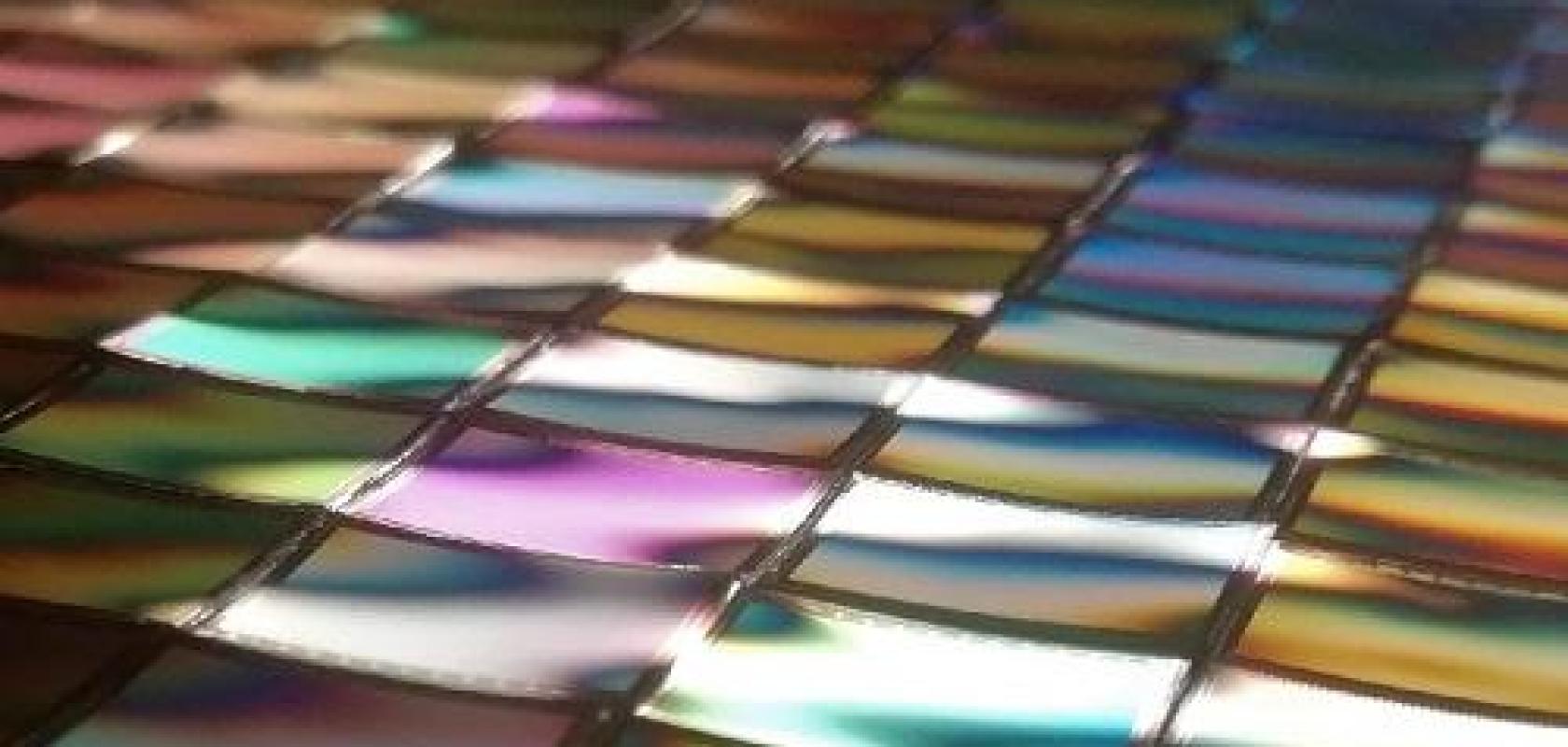French start-up Silina has developed a technology that can curve hundreds of image sensors at the same time.
The company, in a world-first demonstrator, curved 275 units of one-inch CMOS sensors simultaneously in less than an hour.
A curved image sensor can improve image quality without expensive and complex lenses. However, until now, most curved sensors have been made with single-chip manufacturing processes. Silina's multi-sensor curving processes open up the ability to scale and reach high-volume markets.
Wilfried Jahn, CTO and co-founder of Silina, commented: 'Our innovation has been driven to unlock the technological barriers of scalability.' He added: 'We can control all the parameters which make the process reliable and repeatable, reducing significantly the cost of production.'
Silina does not design or manufacture image sensors, but offers a service to curve existing flat sensors. Its curving process is the same whatever the sensor format and technology, notably CMOS and CCD. It can be applied to front- and back-side illuminated sensors, and on various spectral bandwidths from ultraviolet, visible to infrared.
Various shapes can be obtained: spherical, aspherical, freeform and custom shapes. The manufacturing process has also been developed to keep the same original packaging used for classic flat sensors, meaning that the mechanical architecture and electronic board remain the same, facilitating the integration of the technology on current production lines.
Michaël Bailly, the firm's CEO and co-founder, said: 'Our services are offered to optical system designers and manufacturers, camera integrators and sensor manufacturers to support them in the improvement of their imaging system performance while reducing their cost of production. Our offer is made of two propositions, a support in optical system design to integrate the curved sensor technology in their specific applications, and an on-demand service to curve their imaging sensors.'
The company offers its services for small-volume applications of several thousand sensors a year, according to Bailly in an article for Yole Développement. It plans to reach high-volume markets through IP licensing.
In the Yole article, Bailly said, by curving the sensor, Silina can improve contrast and sharpness by up to five times at the image edge. Light transmission is up to three times better, offering higher performance in low light. Chromatic aberration is reduced by up to 50 per cent for better colour rendering and colour fidelity. Removing vignetting provides better illumination uniformity and better performance in low light.
He added that there can be up to 50 per cent reduction in the number of optical elements, such as lenses and mirrors, needed in a camera.
The French research institute, CEA-Leti, also offers image sensor curving through its Pixcurve technology.


